You have probably heard or read about some of these foods being genetically modified, but you may be slightly shocked after reading this article.
If the information you have about GMO so far is not enough for you to stop it, this text should at least worry you.
We present you a view of a potentially bizarre spread of GMO. Some of these foods are already known, but some may come as a surprise to you.
What we know so far about the fight against GMO and the salvation of organic food is that this is not just a fight for what we knew until yesterday, which is bad enough, but a fight against the future and the development of GMO, which is a terrible thing will probably last for a long time if not stopped on time.
A research showed that 35 species of fish, other than salmon, present a genetic engineering with various properties.

Sugar Beet
Despite the fact that the study is not yet completed, USDA announced that farmers can now cultivate “Monsanto’s Roundup” sugar beets that could possibly contain herbicides.
This decision comes despite a court order in 2010 prohibiting the cultivation of GMO beets, while the study is still in progress. Nearly half of America’s sugar is produced from sugar beets.
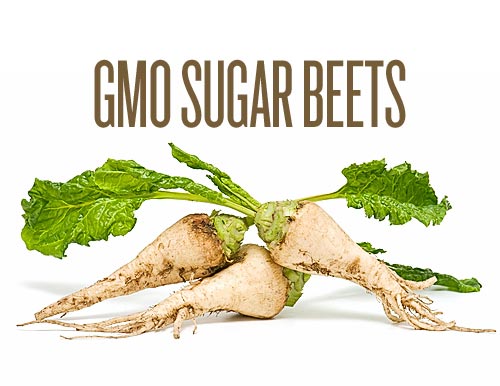
Corn
If you consume any kind of processed foods on a regular basis, cereals, chips, cakes, etc.. chances that you eat modified foods are incredibly high.
The Center for Food Safety estimated that over 70% of the processed food in American stores contain genetically modified corn or soy. It contains proteins that kill insects.
Rice
Rice is often modified to be resistant to herbicides and pesticides in order to increase its amount and to generate nutrients that do not exist in the natural rice.
The varieties resistant to herbicides include the “LibertyLink” rice, vitamin A “golden rice” and the bizarre “Ventria Bioscience” “Edzhpress TPP” rice containing human proteins found in breast milk.
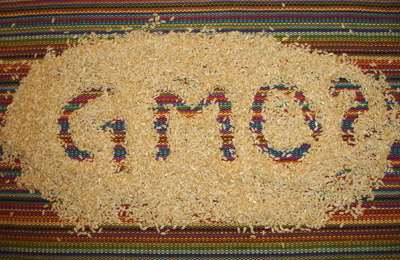
Cotton
We do not think of cotton as a food product, because technically it is not food, but still it ends like food. Cotton is not classified as food culture so farmers can use any kind of chemicals to cultivate it and make it grow faster.
But cotton is used in the production of the oil that is present in products including mayonnaise and salad dressings which can be packed and full of pesticides.
Along with soybeans and corn, cotton is also cultivated for the production of oil, one of the most genetically modified crops in the world.
Tomatoes
Tomatoes are on the top of the list of modified food products. GM tomatoes contain high amounts of anti-oxidants in order to get more intense flavor and stay fresh for longer.
Although at the moment not all tomatoes on the shelves in the shops are genetically modified, a great number of scientists use tomatoes to study the function of genes that are naturally found in plants.
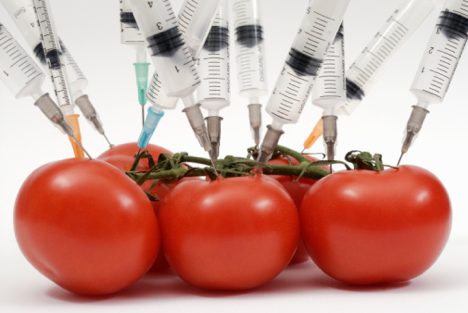
Soy
Soy is the most common genetically modified food. Since 1996, researchers create soybean varieties resistant to pests and herbicides. A new type of GM soybeans, with higher levels of healthy oils was approved by the USDA in 2010.
Canola Oil
Canola is rapeseed, which usually ends as cooking oil, and it is one of the most profitable crops.
What is not well known to the public, is that canola is used in the production of “Canadian oil, low acid”, something which applies to various beet seeds, developed in the 70s.
80% of the canola crop in the U.S. are genetically modified, and a study conducted in 2010 shows that in North Dakota modified genes from these plants spread up to 80% in the areas with natural seeds.
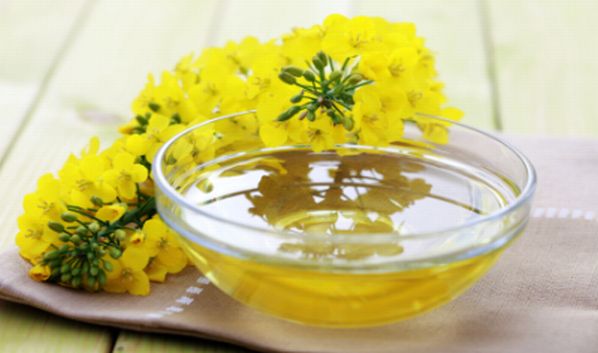
Fruits
The Ringspot virus destroyed almost all fruit crops in the Hawaii, and the new breed engineers produced was designed to resist the disease. This new kind of fruit is cultivated in the United States where it is consumed by the majority of the population.
“Fruits will be unique regarding the fruit grown in areas in the Hawaii, known to depend on biotechnology. What we have in Hawaii is quite contagious, we are speaking of an isolated agro-eco system that is subject to a number of diseases,” said Kevin Richards, director of regulatory relations at the American farm.
Salmon
Salmon may become the first genetically modified being approved for human consumption. FDA decided that a number of GMO salmon, which grows twice faster than natural salmon, is safe for consumption and environment-friendly.
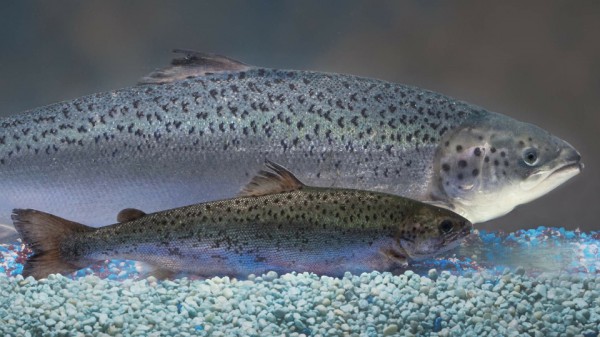
“We have to face the fact that this kind of species will sooner or later end up in the ocean. I think if we go down this road, we must be willing to accept some of the potential unknown consequences,” said Brian Ellis, biotechnologist at the University of British Columbia in Vancouver.
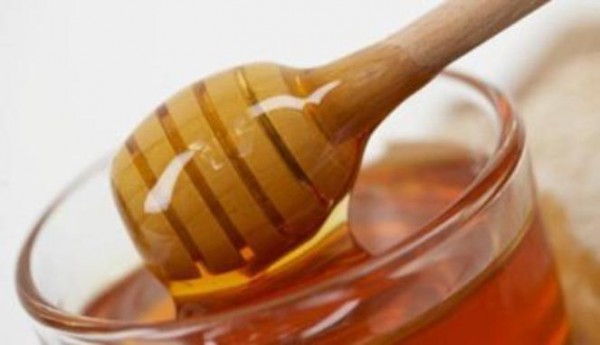
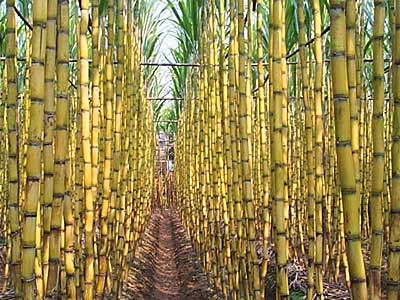
No comments:
Post a Comment